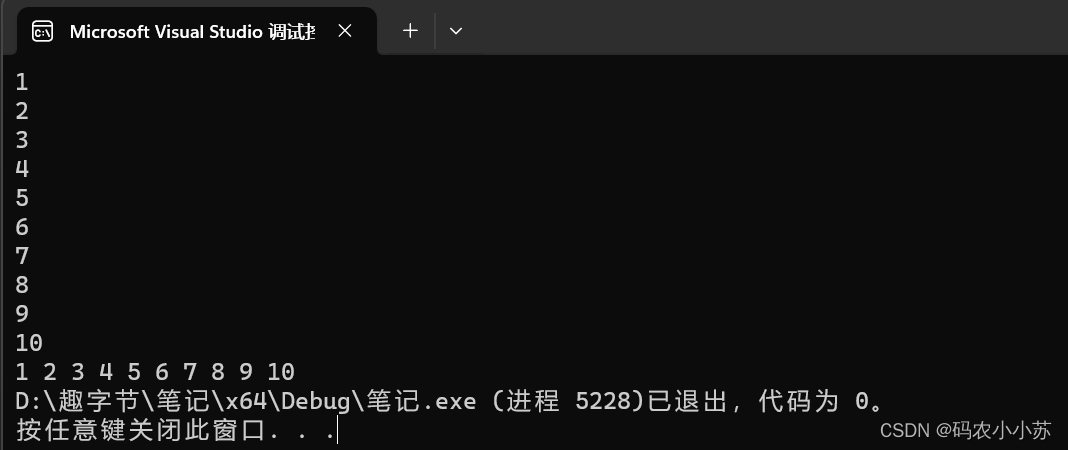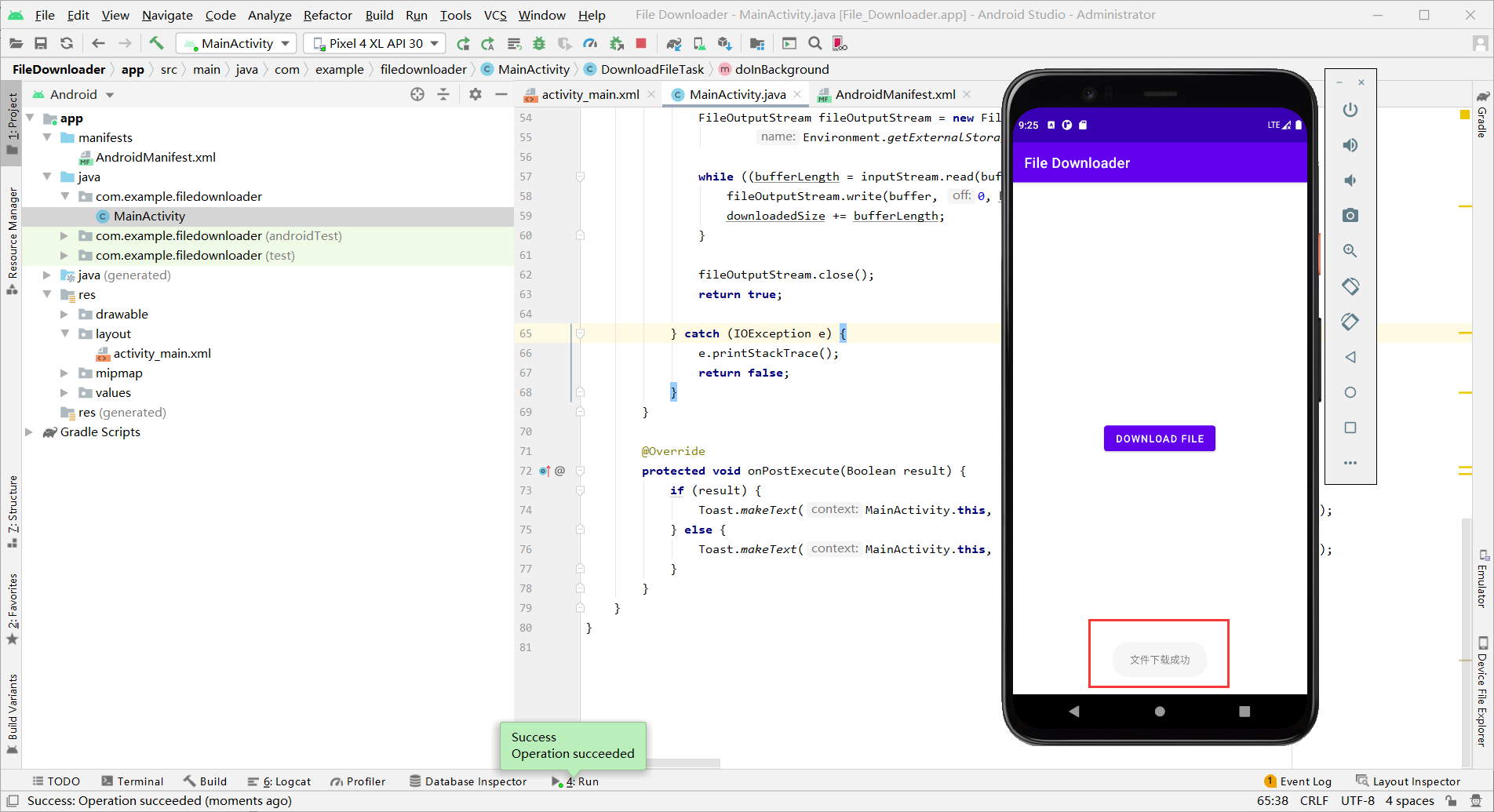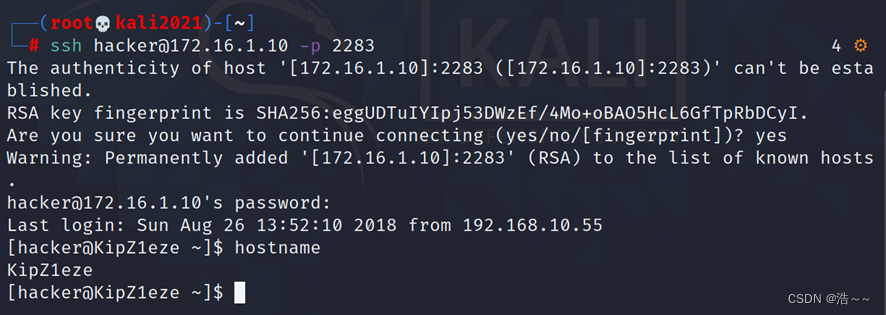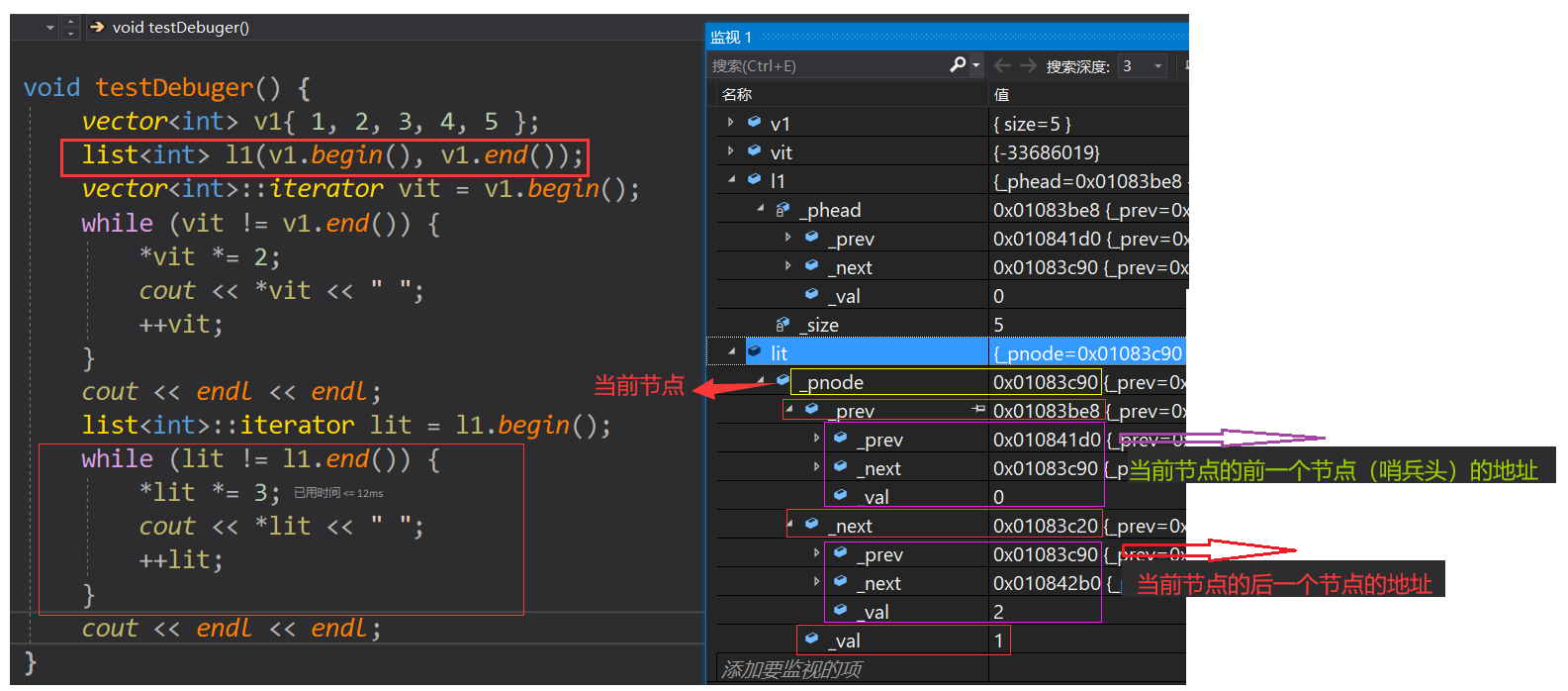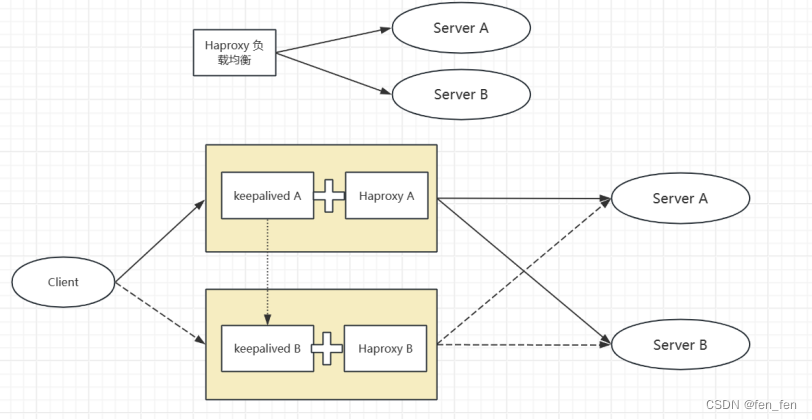- 邮件告警
- 添加主机组
- 添加模板
- 添加主机
- 在模板中添加监控项
- 在模板中添加触发器
- 添加动作,远程执行命令
- 给用户绑定告警媒介类型
- 钉钉告警
- 安装python依赖模块python-requests
- 配置钉钉告警配置脚本zabbix_ding.conf
- 在目录/var/log/zabbix中创建钉钉告警日志文件zabbix_ding.log
- 设置钉钉告警日志文件zabbix_ding.log的所有权
- 在/usr/lib/zabbix/alertscripts目录中执行的脚本dingding.py的内容
- 设置脚本目录的所有权
- 配置脚本告警
- 为用户添加报警媒介
- 创建动作
邮件告警
添加主机组
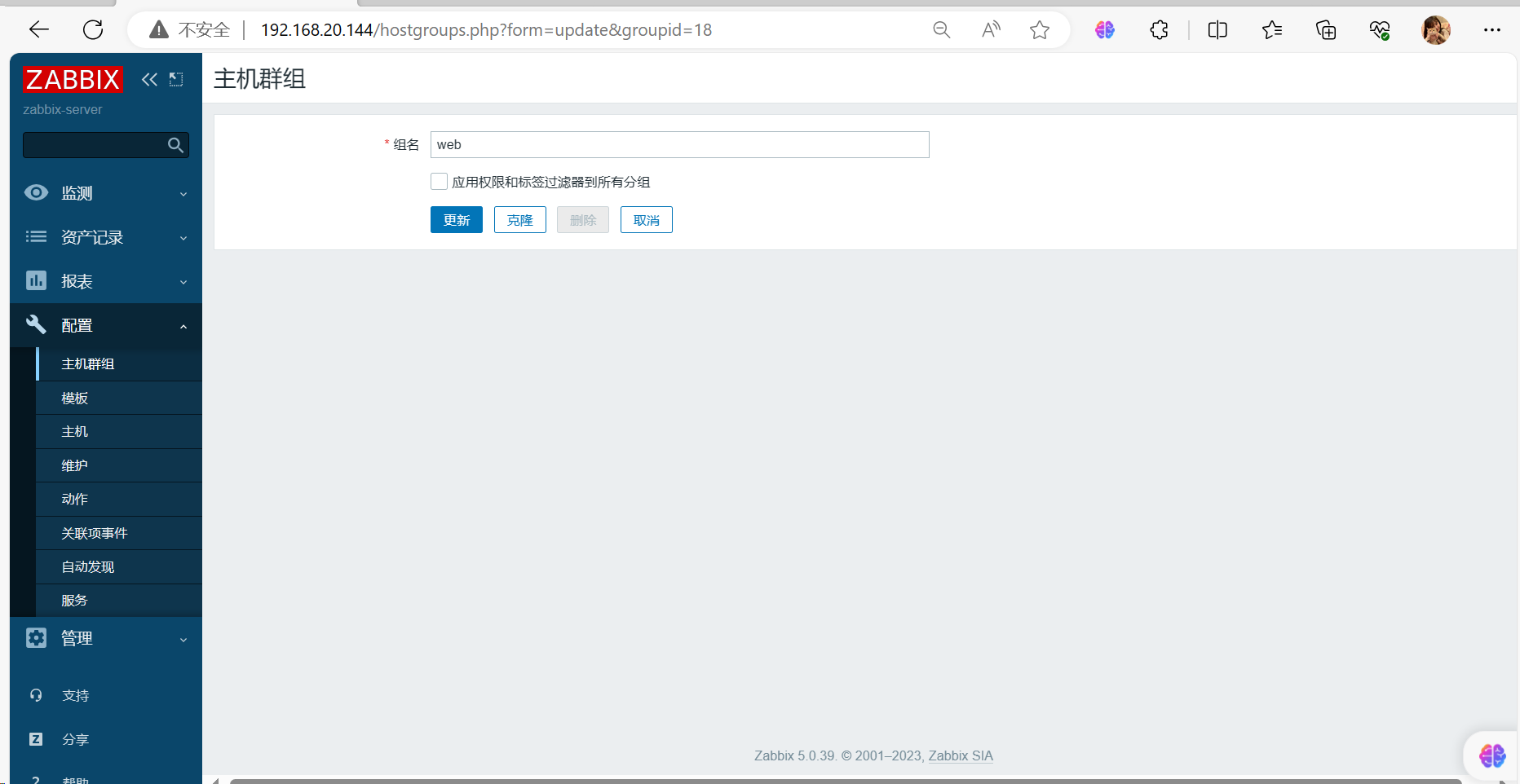
添加模板
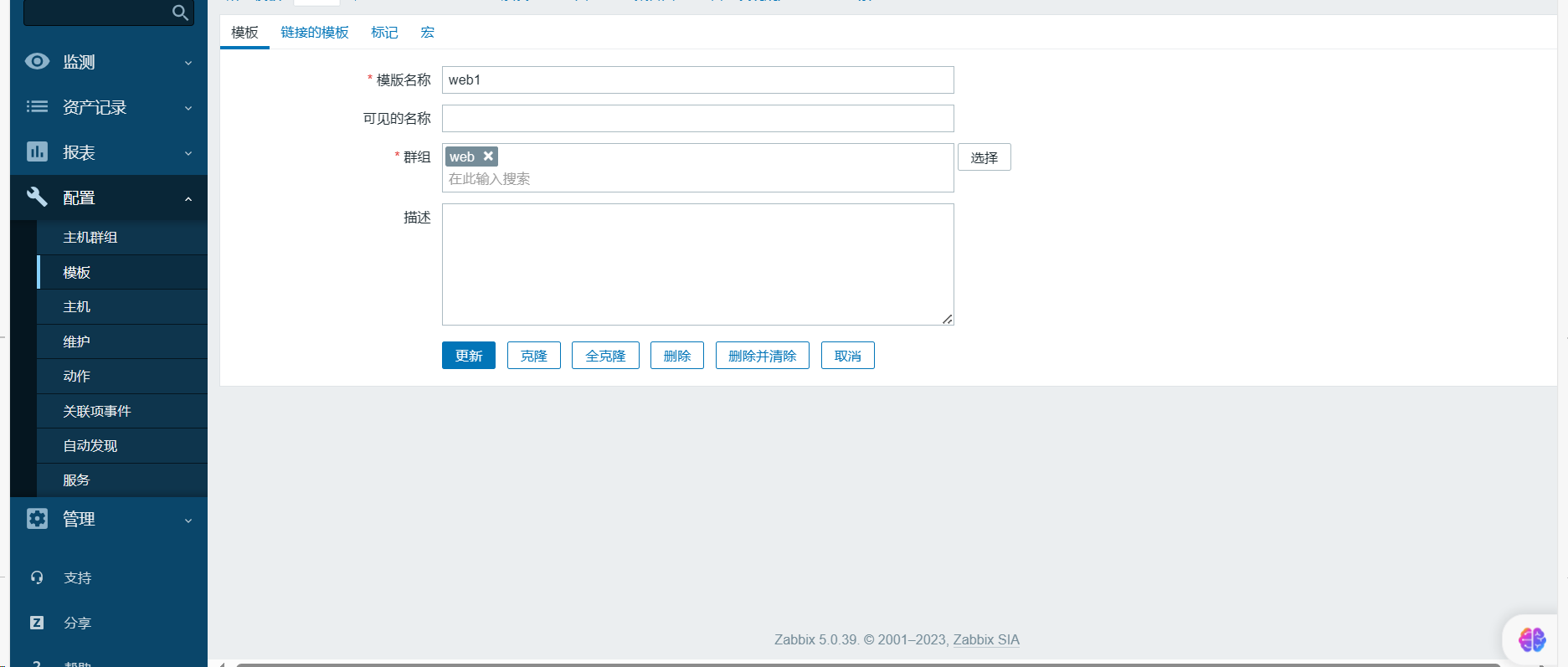
添加主机
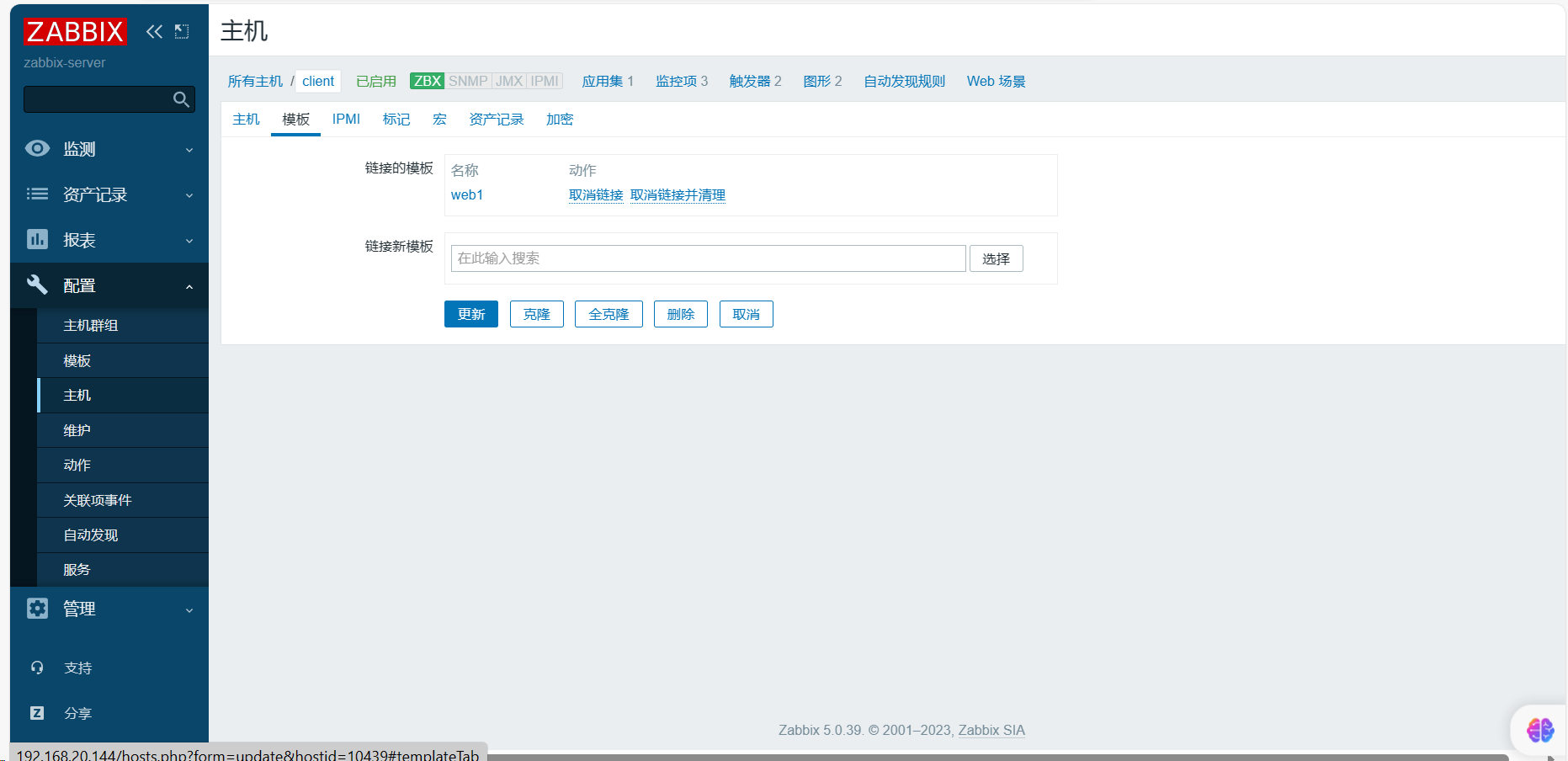
在模板中添加监控项

在模板中添加触发器
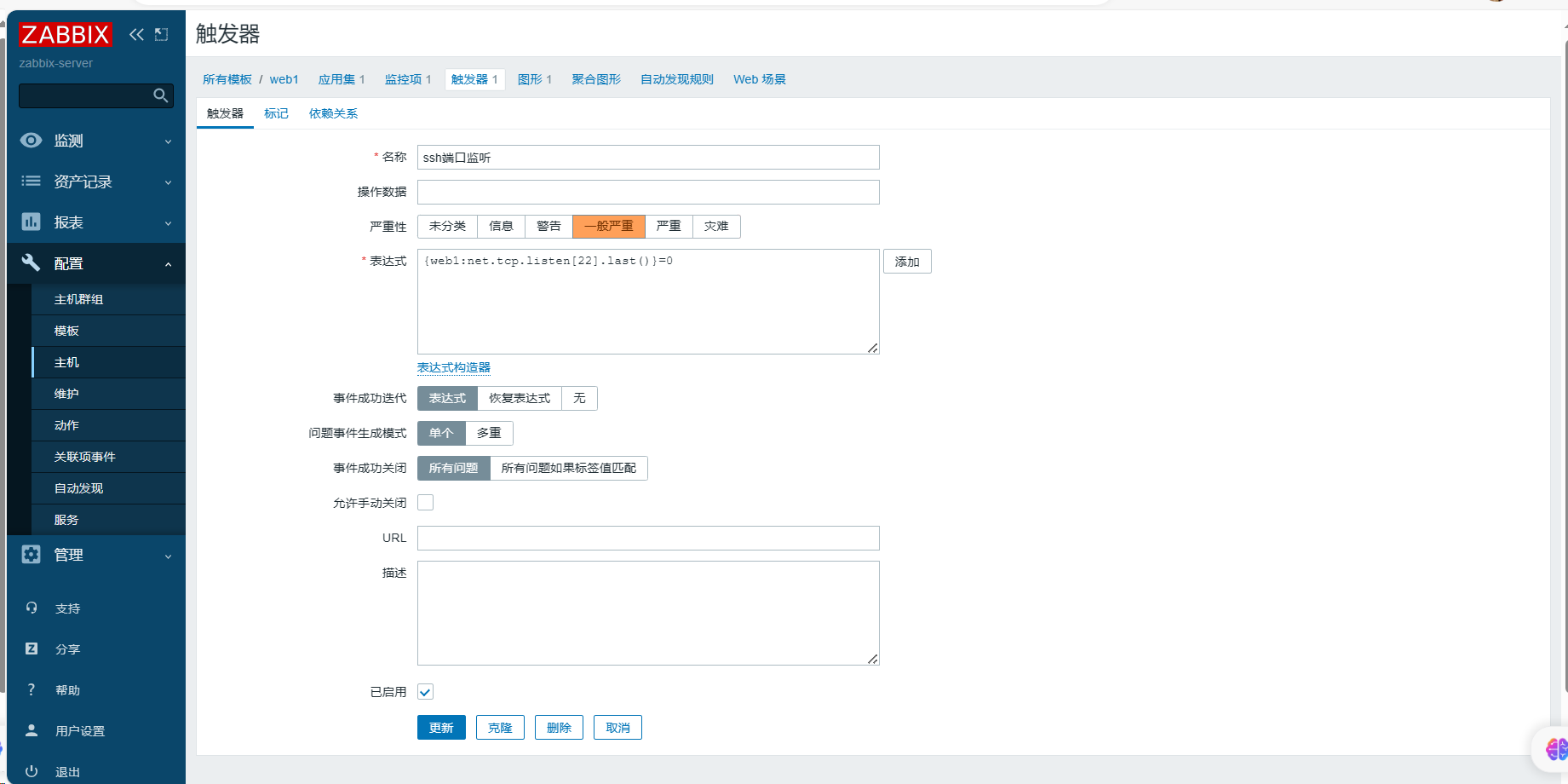
添加动作,远程执行命令
[root@client ~]# vim /etc/sudoers #给zabbix用户提权
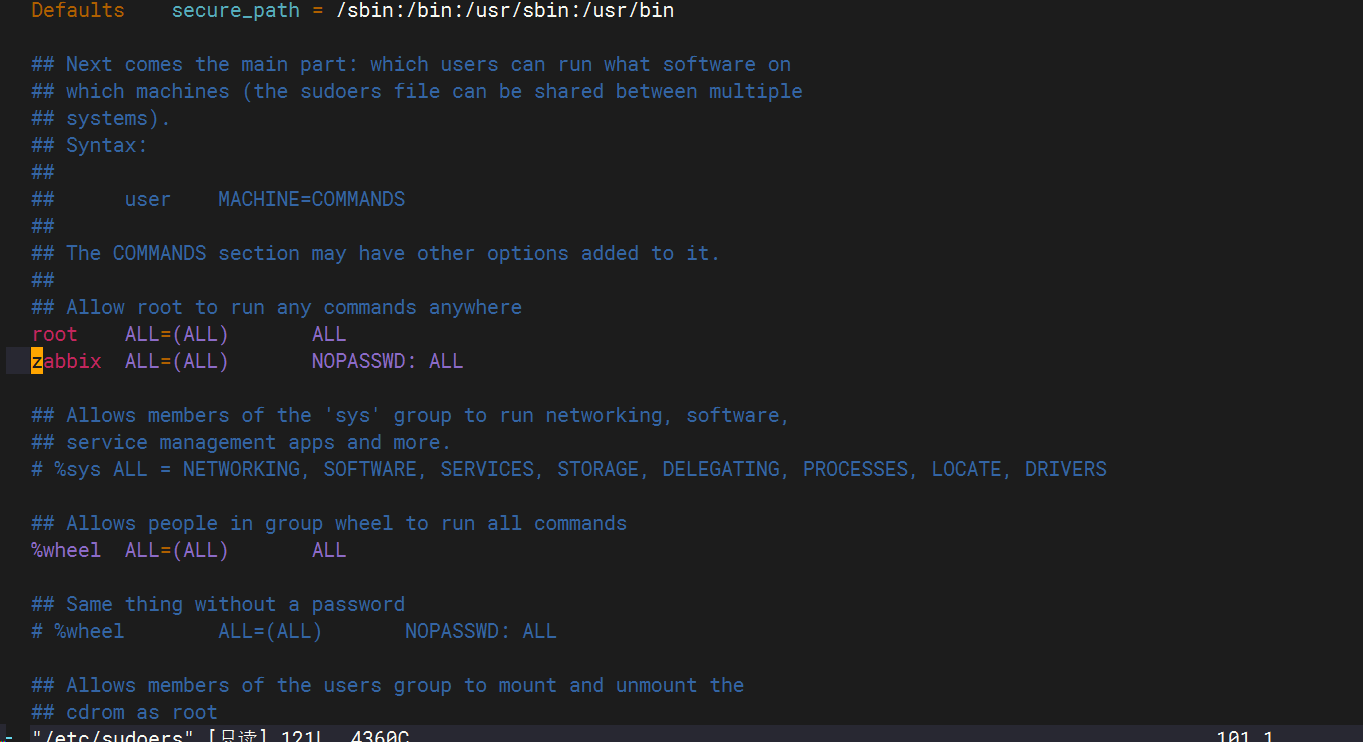
[root@client ~]# vim /etc/zabbix/zabbix_agentd.conf
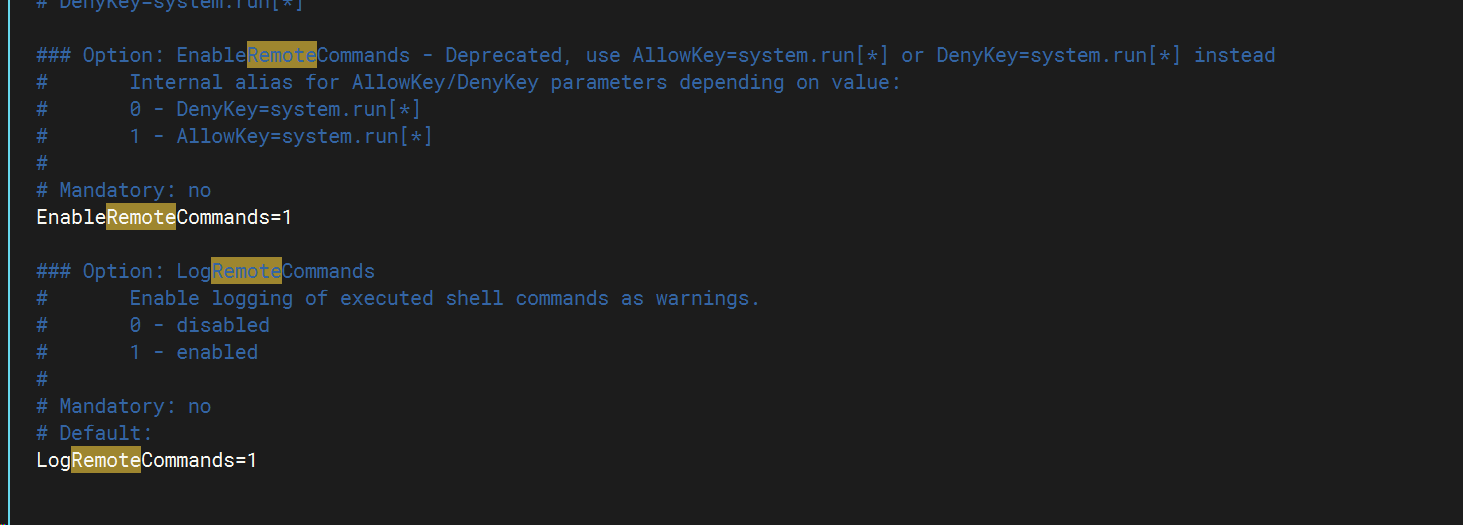
[root@client ~]# systemctl restart zabbix-agent
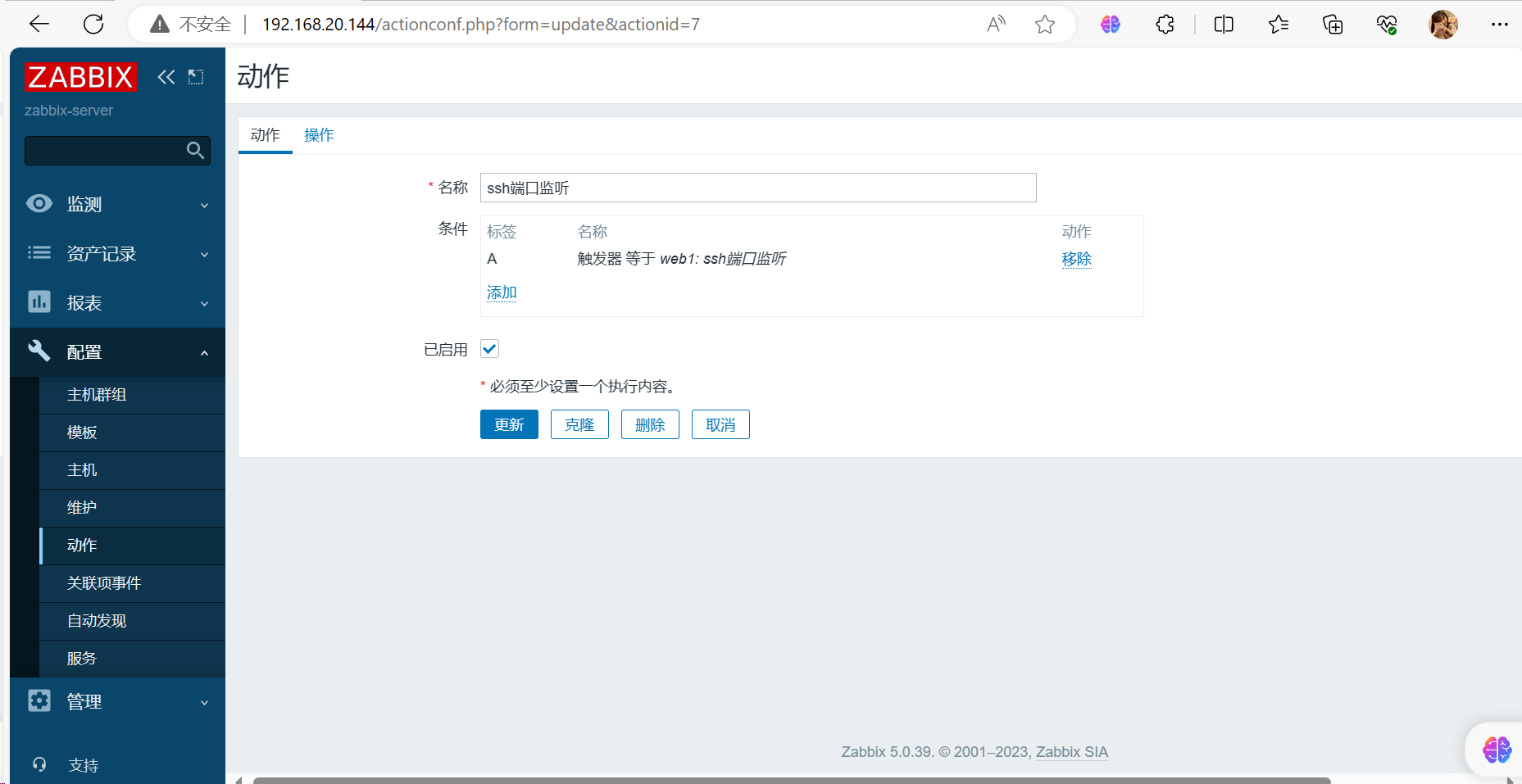
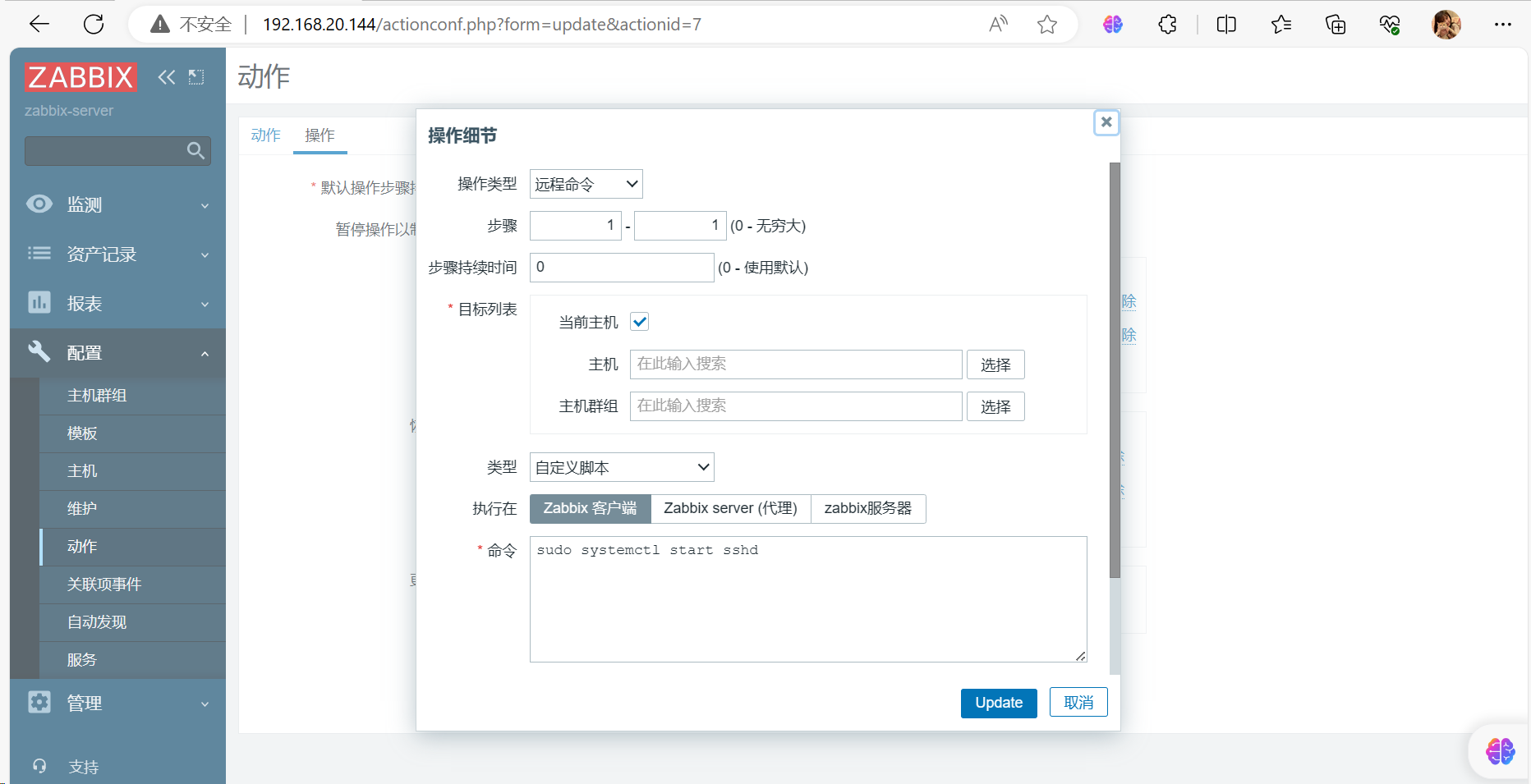 ### 创建告警媒介并测试
### 创建告警媒介并测试
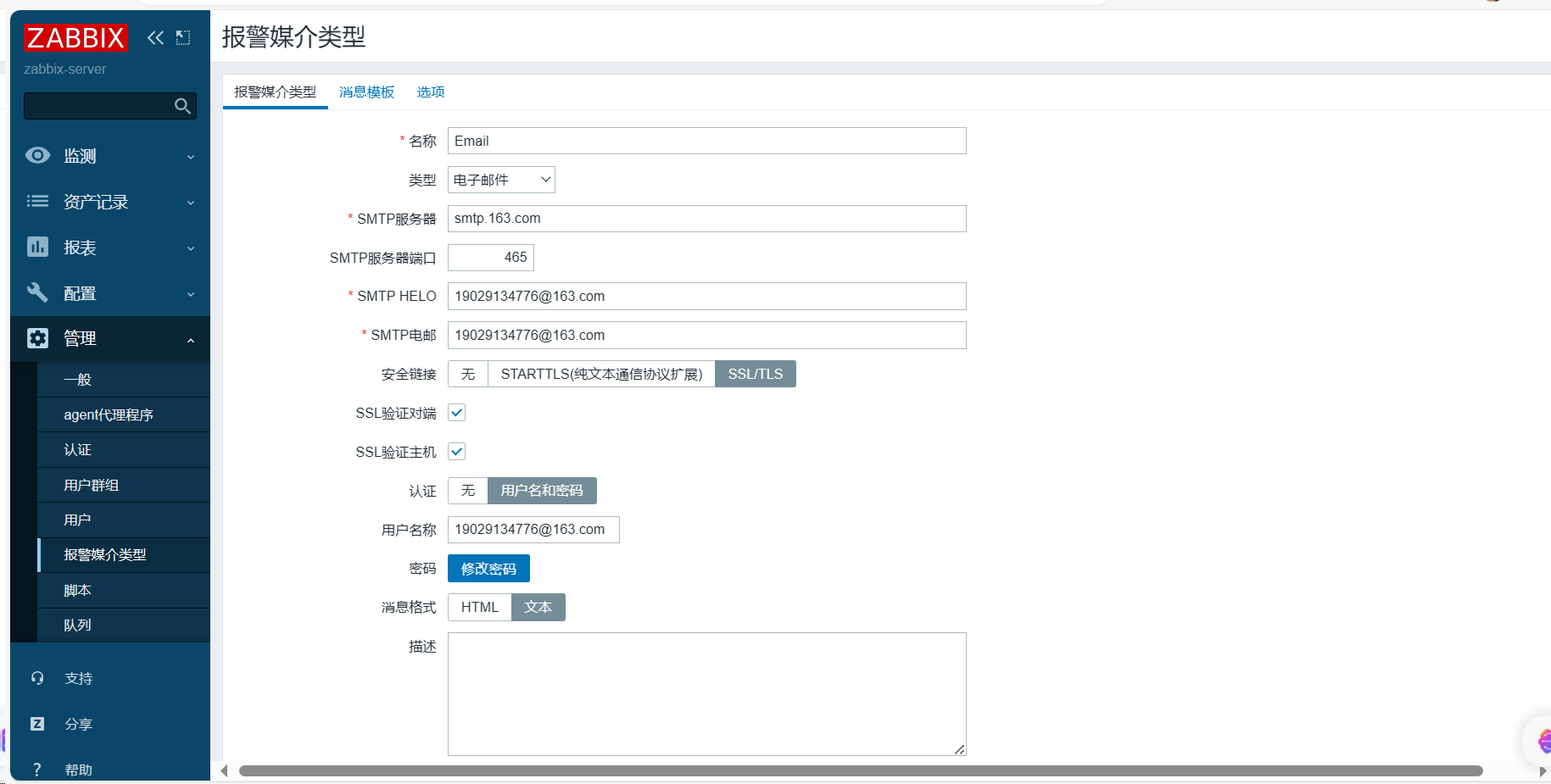
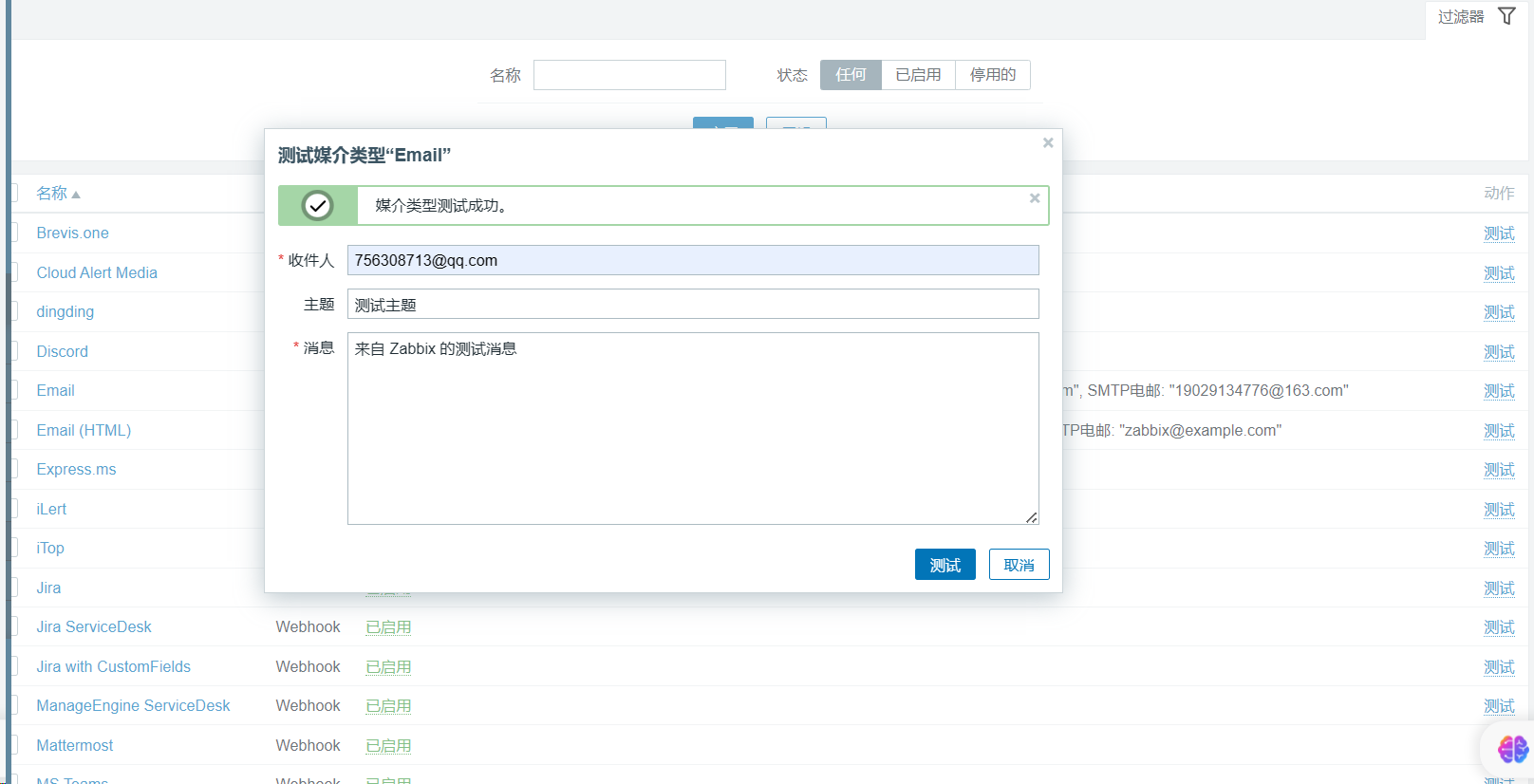
给用户绑定告警媒介类型
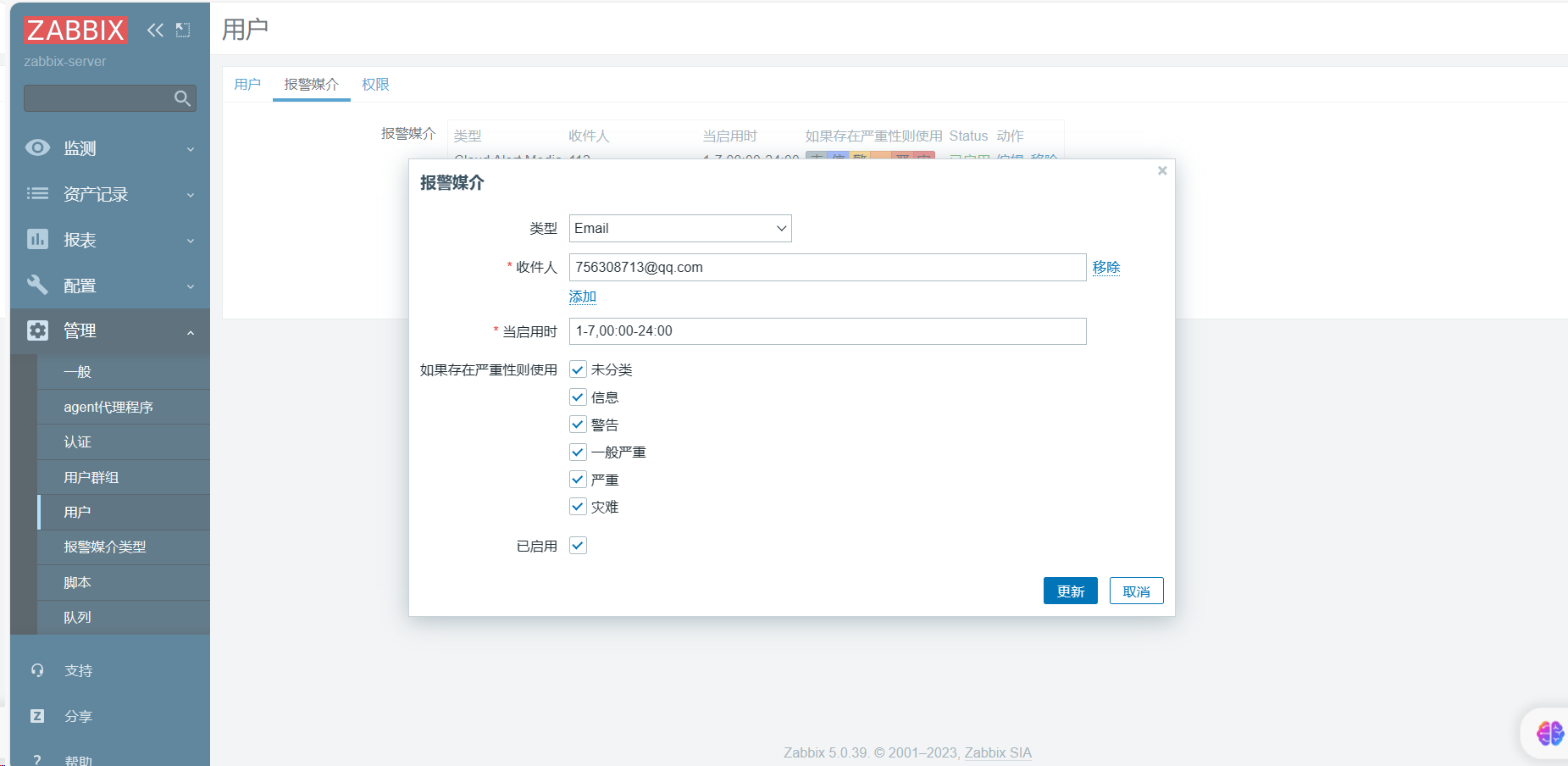
动作配置
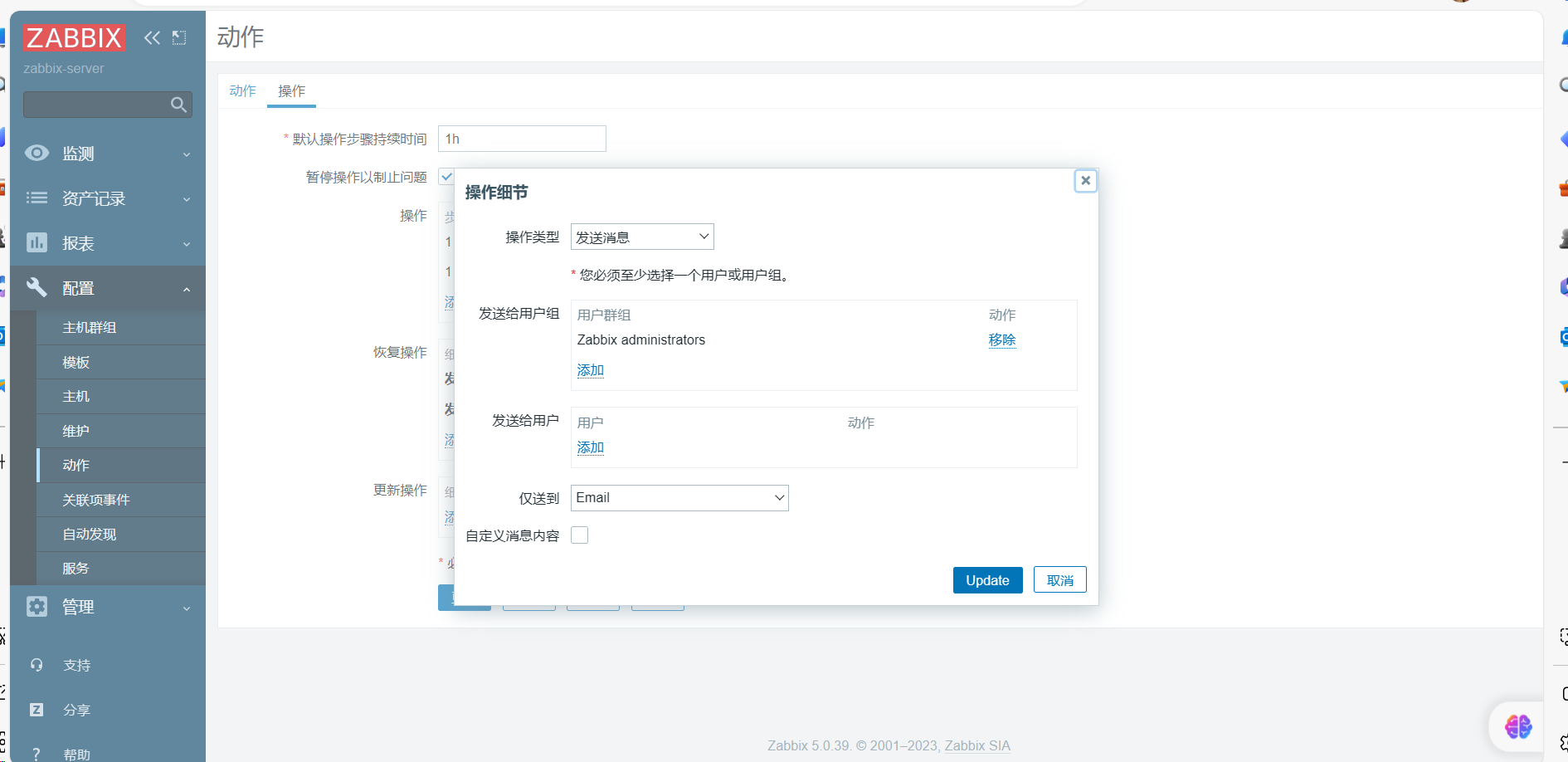

钉钉告警
在钉钉中创建群聊
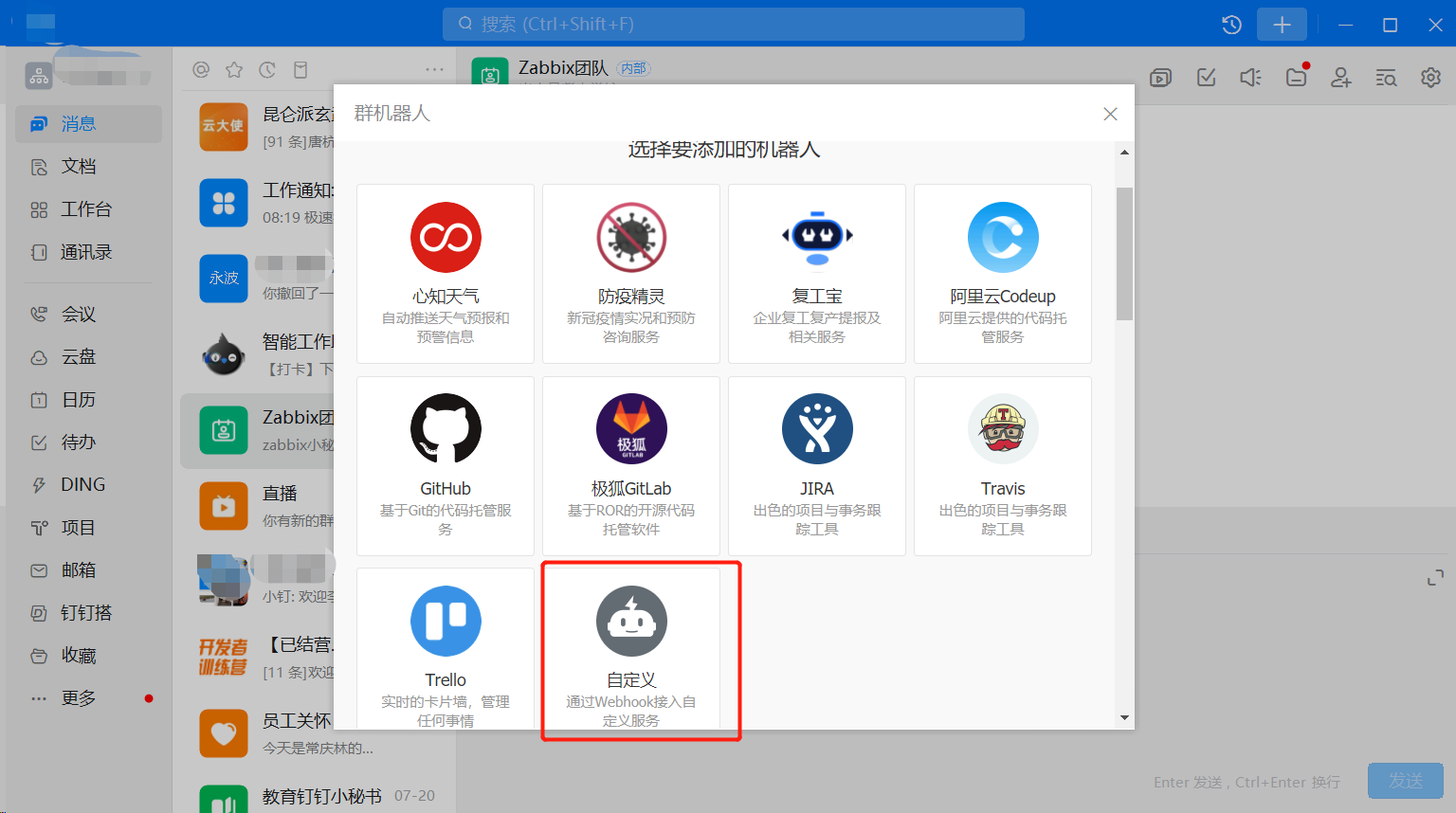

安装python依赖模块python-requests
[root@zabbix-server ~]# yum -y install python3 python3-requests
配置钉钉告警配置脚本zabbix_ding.conf
[root@zabbix-server ~]# vim /etc/zabbix/zabbix_ding.conf
[config]
log_path=/var/log/zabbix/zabbix_ding.log
webhook=https://oapi.dingtalk.com/robot/send?access_token=c1d11ecf6704f008eb25de644ed5cead752c065c0d11f9f89b58273cf0c78a96
secret=SECc26e5bc55c64d454f15a8bdcce6825b7e5bb4f6fecc38025d2845837415192d7
在目录/var/log/zabbix中创建钉钉告警日志文件zabbix_ding.log
[root@zabbix-server ~]# touch /var/log/zabbix/zabbix_ding.log
设置钉钉告警日志文件zabbix_ding.log的所有权
[root@zabbix-server ~]# chown zabbix.zabbix /var/log/zabbix/zabbix_ding.log
在/usr/lib/zabbix/alertscripts目录中执行的脚本dingding.py的内容
[root@zabbix-server ~]# cd /usr/lib/zabbix/alertscripts
[root@zabbix-server alertscripts]# vim dingding.py
#!/usr/bin/env python3
# coding:utf8
#
import configparser
import os
import time
import hmac
import hashlib
import base64
import urllib.parse
import requests
import json
import sysconfig = configparser.ConfigParser()
config.read('/etc/zabbix/zabbix_ding.conf', encoding='utf-8')
log_path = config.get('config', 'log_path')
api_url = config.get('config', 'webhook')
api_secret = config.get('config', 'secret')
log_time = time.strftime("%Y-%m-%d %H:%M:%S", time.localtime())# 钉钉机器人文档说明
# https://ding-doc.dingtalk.com/doc#/serverapi2/qf2nxq
def get_timestamp_sign():timestamp = str(round(time.time() * 1000))secret = api_secretsecret_enc = secret.encode('utf-8')string_to_sign = '{}\n{}'.format(timestamp, secret)string_to_sign_enc = string_to_sign.encode('utf-8')hmac_code = hmac.new(secret_enc, string_to_sign_enc, digestmod=hashlib.sha256).digest()sign = urllib.parse.quote_plus(base64.b64encode(hmac_code))return timestamp, sign# 获取加签后的链接
def get_signed_url():timestamp, sign = get_timestamp_sign()webhook = api_url + "×tamp=" + timestamp + "&sign=" + signreturn webhook# 定义消息模式
def get_webhook(mode):if mode == 0: # only 关键字webhook = api_urlelif mode == 1 or mode == 2: # 关键字和加签 或 # 关键字+加签+ipwebhook = get_signed_url()else:webhook = ""print("error! mode: ", mode, " webhook : ", webhook)return webhookdef get_message(text, user_info):# 和类型相对应,具体可以看文档 :https://ding-doc.dingtalk.com/doc#/serverapi2/qf2nxq# 可以设置某个人的手机号,指定对象发送message = {"msgtype": "text", # 有text, "markdown"、link、整体跳转ActionCard 、独立跳转ActionCard、FeedCard类型等"text": {"content": text # 消息内容},"at": {"atMobiles": [user_info,],"isAtAll": False # 是否是发送群中全体成员}}return message# 消息发送日志
def log(info):if os.path.exists(log_path):log_file = open(log_path, "a+")else:log_file = open(log_path, "w+")log_file.write(info)def send_ding_message(text, user_info):# 请求的URL,WebHook地址# 主要模式有 0 : 关键字 1:# 关键字 +加签 3:关键字+加签+IPwebhook = get_webhook(1)# 构建请求头部header = {"Content-Type": "application/json","Charset": "UTF-8"}# 构建请求数据message = get_message(text, user_info)# 对请求的数据进行json封装message_json = json.dumps(message)# 发送请求info = requests.post(url=webhook, data=message_json, headers=header).json()code = info["errcode"]errmsg = info["errmsg"]if code == 0:log(log_time + ":消息已发送成功 返回信息:%s %s\n" % (code, errmsg))else:log(log_time + ":消息发送失败 返回信息:%s %s\n" % (code, errmsg))print(log_time + ":消息发送失败 返回信息:%s %s\n" % (code, errmsg))exit(3)if __name__ == "__main__":text = sys.argv[3]user_info = sys.argv[1]send_ding_message(text, user_info)设置脚本目录的所有权
[root@zabbix-server alertscripts]# chown -R zabbix.zabbix /usr/lib/zabbix/alertscripts/
[root@zabbix-server alertscripts]# chmod +x dingding.py
[root@zabbix-server alertscripts]# ./dingding.py user subject mesages

配置脚本告警
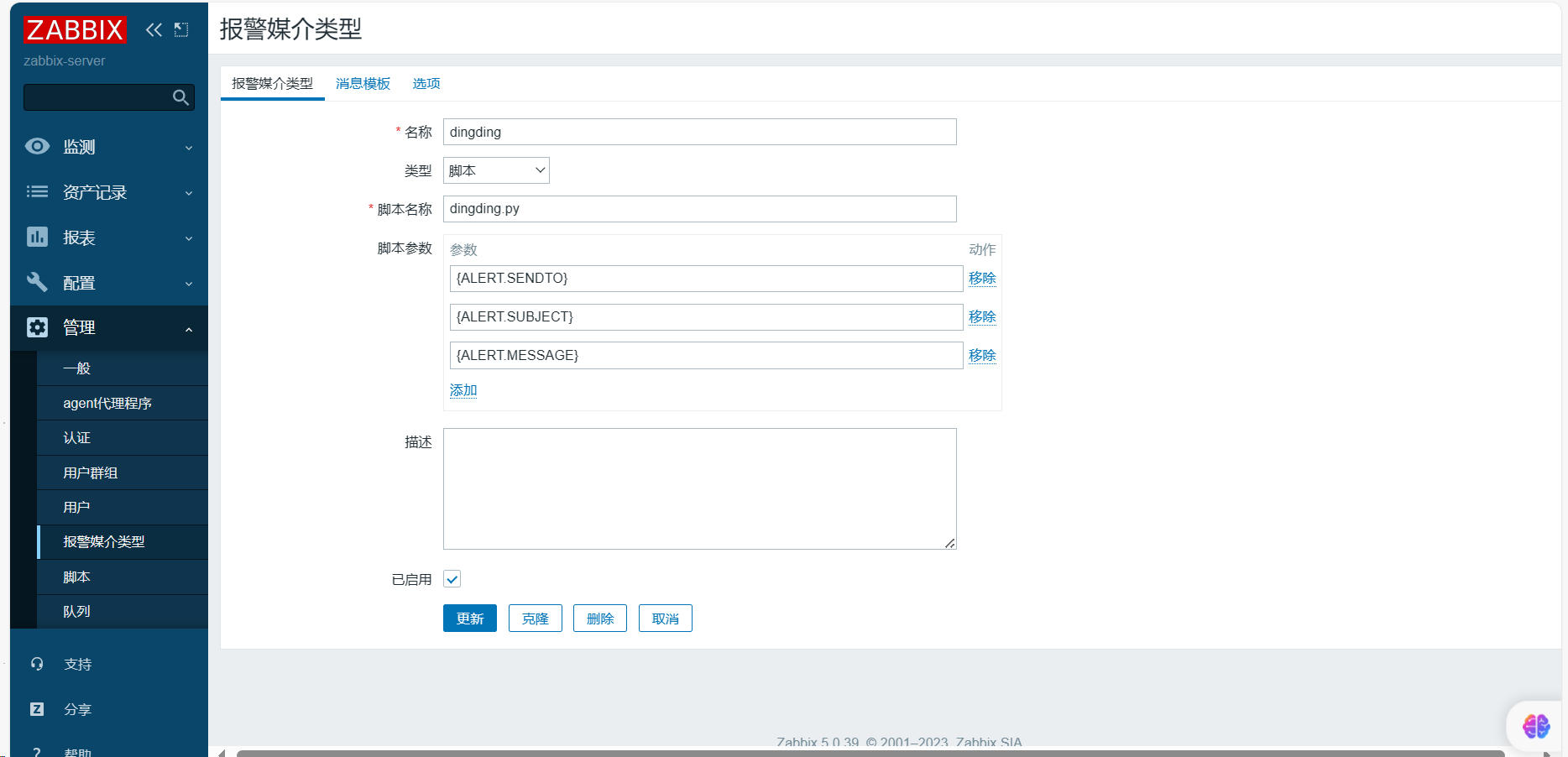

为用户添加报警媒介

创建动作
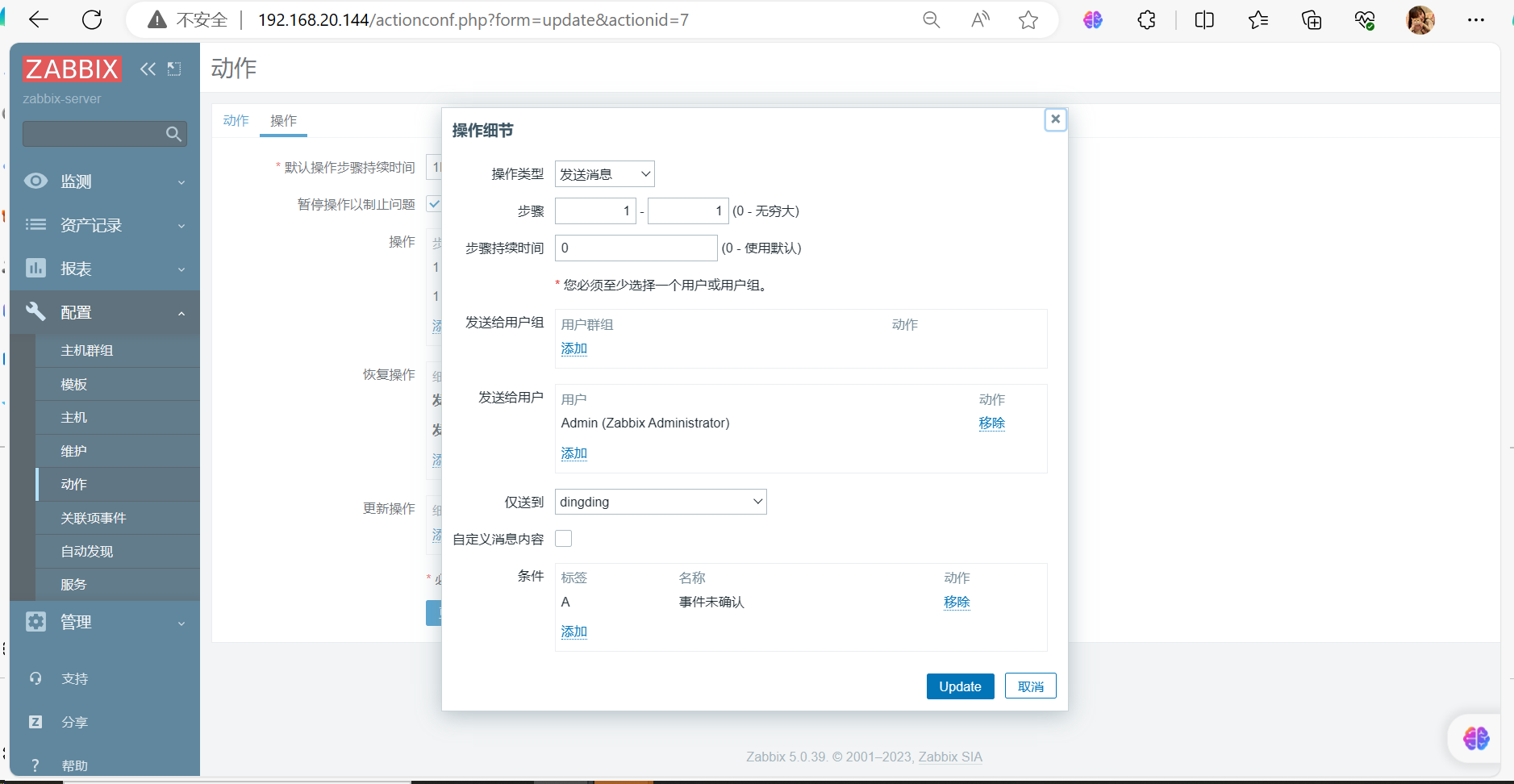
[root@client ~]# systemctl stop sshd

